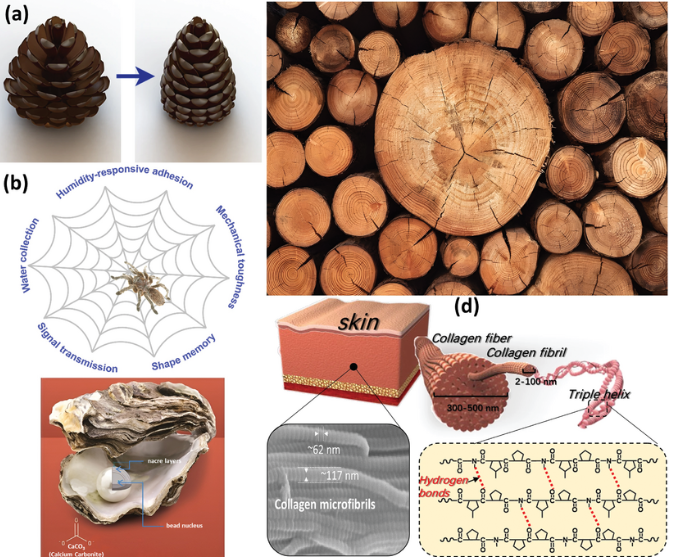Unveiling the Xube2: A Game-Changer in Volumetric 3D Printing for Scientific Research
- Aniksha Kar
- Sep 13, 2024
- 3 min read
In an exciting development for the scientific research community, Xolo has launched the Xube2, a cutting-edge volumetric 3D printer designed specifically for research applications. With a unique combination of features that cater to the needs of researchers, the Xube2 is poised to make significant strides in the world of 3D printing.Key Features of the Xube2Versatile Light Sources and ResolutionsOne of the standout features of the Xube2 is its ability to switch between 375 nm and 405 nm light sources. This flexibility allows users to adjust the printing process according to their specific material requirements and research objectives. The printer offers various resolutions, including:30×50 mm² at 15 μm20×35 mm² at 10 μm10×17 mm² at 5 μmThese options enable researchers to produce highly detailed and precise prints, which are essential for various applications in scientific studies.Speed and PrecisionThe Xube2 boasts a printing speed of up to 6 mm/min and can create features as small as 5 μm. Such precision is crucial in scientific research where detail and accuracy are paramount. The printer utilizes a 4K LED projector and prints within enclosed material-holding tubes known as cuvettes, with sizes ranging from 10 mm to 50 mm. This design helps maintain the integrity of the materials being printed, ensuring high-quality outputs.Configurable SystemThe Xube2 is described as an open and configurable system. Users can adjust several parameters, including tuning variable projection energy, to optimize the printing process for their specific needs. These adjustments are easily made through the software suite called xolid, which operates on the printer’s large touchscreen interface. The size of the touchscreen is notable—so much so that one might jokingly say it could make you crave a Big Mac!Room for InnovationXolo envisions that users will be able to print a variety of materials with the Xube2, including hydrogels, optics, high-viscosity resins, and oligomers. Furthermore, the design leaves space within the printer for users to integrate their own instruments or sensors, encouraging innovation and experimentation within the research community. This adaptability positions the Xube2 as a valuable tool for scientists looking to push the boundaries of material science and engineering.The Landscape of Volumetric PrintingThe rise of volumetric printing techniques, such as xolography, is transforming the way we approach 3D printing. Companies like Vitro, Readily, 3D Systems, and Xolo are at the forefront of this technological advancement, pursuing innovations in speed, materials, and precision. Recent research has highlighted the tunable properties of these techniques, indicating their potential for a wide range of applications.Market ViabilityWhile the capabilities of the Xube2 are undoubtedly impressive, questions remain about its market viability. It's unclear whether the new features and innovations will find a significant market in research and beyond. However, given the increasing interest in advanced 3D printing technologies, there is potential for growth.Historically, Stratasys succeeded in expanding its market share by offering durable, user-friendly 3D printers that appealed to engineering faculties, which were eager to adopt this technology. In contrast, the Xube2's success will depend on establishing a customer base with immediate needs and a willingness to invest in new hardware.The Path ForwardFor Xolo and similar firms, the key to future growth lies in identifying and meeting the needs of early adopters. Establishing a strong product-market fit is crucial; this involves understanding the present needs of researchers and anticipating the future customer base's requirements. Only by addressing these factors can applications emerge that drive significant market expansion.ConclusionThe Xube2 represents a significant advancement in volumetric 3D printing technology, offering researchers unprecedented flexibility, precision, and adaptability. As the landscape of 3D printing continues to evolve, it will be fascinating to see how companies like Xolo navigate the challenges of market demand and customer engagement. The success of the Xube2 could pave the way for new applications and innovations in scientific research, ultimately contributing to the future of material science and engineering.




Comments